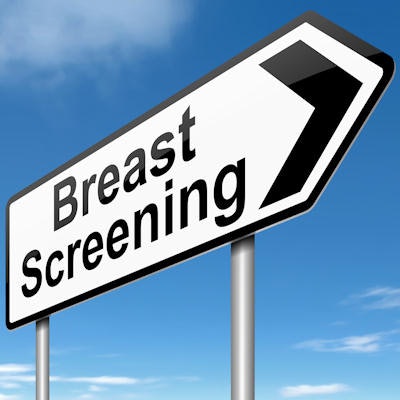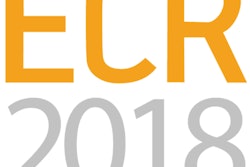
Breast MRI has been shown to perform well as an adjunct to screening mammography in women at high risk for breast cancer. But its efficacy has mostly been evaluated based on trials at academic centers rather than community practices. So how does the modality perform in the real world?
Just fine, according to a study published online June 5 in Radiology. A team led by Dr. Janie Lee of the University of Washington used breast MRI information from the Breast Cancer Surveillance Consortium (BCSC) and compared it with the American College of Radiology's (ACR) BI-RADS benchmarks. The group found that screening MRI met most benchmarks -- and came within shouting distance of those it didn't.
 Dr. Janie Lee from the University of Washington.
Dr. Janie Lee from the University of Washington.The findings help fill a gap in the medical literature, Lee told AuntMinnie.com.
"Until now, evidence for breast MRI's performance compared to BI-RADS benchmarks has been based on clinical trials conducted in academic medical centers, but this study reflects real-world clinical practice," she said.
Daily practice
BCSC data used in the study came from six regional registries from 49 facilities in Chicago, Washington, New Hampshire, North Carolina, the San Francisco Bay Area, and Vermont; 88% of the facilities are community-based, according to Lee and colleagues.
The group's dataset included 8,387 screening breast MR exams acquired between 2005 and 2013; exam data were linked to regional Surveillance, Epidemiology, and End Results (SEER) program and state tumor registries that tracked breast cancer cases and tumor characteristics. The researchers used BI-RADS benchmarks to assess the following performance measures: cancer detection rate, positive predictive value of biopsy recommendation (PPV2), sensitivity, and specificity.
Of the exams, 52% were performed in women with a first-degree family history of breast cancer, 46% in women with a personal history of breast cancer, and 15% in women with both of these risk factors. The screening MRI exams identified 146 cancers and 35 interval cancers, for a total of 181 cancers. Of these, 54 were in situ, 125 were invasive, and two had unknown status.
Breast MRI's performance exceeded BI-RADS benchmarks for detecting small cancers: BI-RADS guidelines state that at least 50% of cancers smaller than 10 mm should be detected, but breast MRI found 69%. Also, BI-RAD recommends that at least 80% of detected cancers be node-negative, but breast MRI at the BCSC centers found 88%.
| Breast MRI metrics at BCSC centers vs. BI-RADS benchmarks | ||
| BCSC MRI performance | BI-RADS benchmarks | |
| Cancer detection rate | 17 per 1,000 screening exams | 20 to 30 per 1,000 screening exams |
| PPV2 | 19% | 15% |
| Sensitivity | 81% | > 80% |
| Specificity | 83% | 85% to 90% |
"The interpretive performance of screening breast MR imaging in U.S. community practice meets or approaches current BI-RADS benchmarks," Lee and colleagues wrote.
Screening plan?
What do these findings suggest for clinical practice? They underscore the need for facilities to keep an eye on their performance through auditing and comparison with benchmarks, according to Lee.
"We can't get better unless we measure," she said. "Our study shows that community practice with breast MRI tracks with clinical trial results, which is great. New technology is usually developed in academic settings before entering community practice, and continued monitoring of performance is part of a learning system that supports improvement over time."
The research also suggests that it could be important to rethink how to measure performance, Lee said. Rather than using and evaluating individual breast cancer screening tests, it may be more useful to think of screening as a plan that may include combinations of tests.
"As we move to tailored screening and precision medicine, ultimately we have to shift from evaluating individual screening tests to screening plans," she said. "For example, a woman at high risk for breast cancer could undergo both screening mammography and breast MRI once a year, six months apart -- which has more chances of catching an early cancer without increasing her radiation exposure."





















